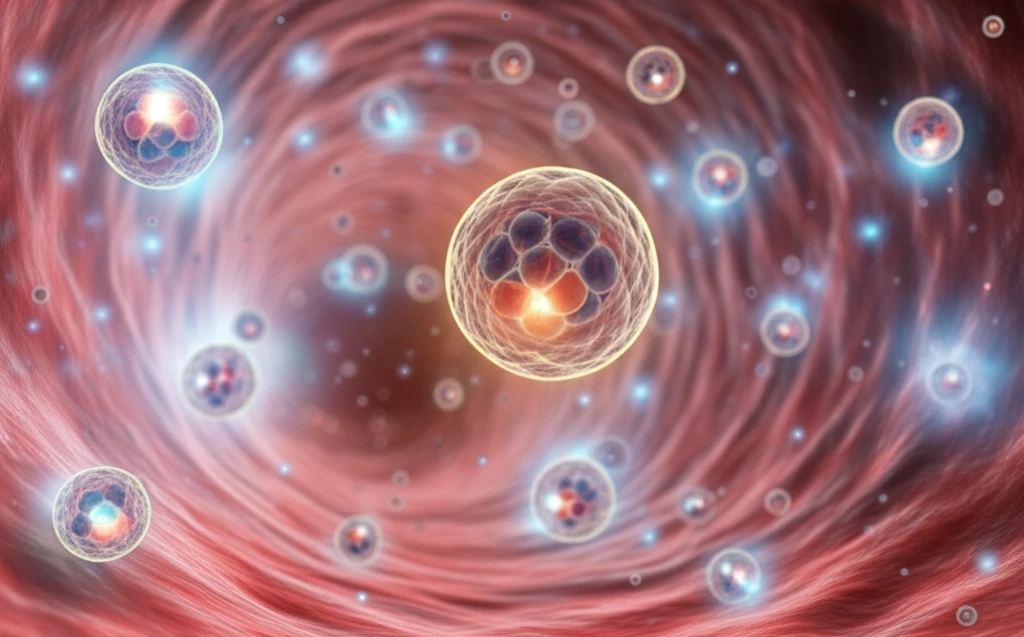
Loratadine Breakthrough: How Novel Nanoparticles Could Revolutionize Allergy Relief
"Scientists are exploring glycerin nanoparticles to enhance loratadine's solubility and effectiveness, potentially leading to improved allergy treatments."
For millions, allergies are a constant battle. Finding effective relief can often feel like a never-ending quest. One common medication, loratadine, used to alleviate allergy symptoms, faces a significant hurdle: its limited solubility. This means the body doesn't absorb it as efficiently as needed, leading to inconsistent results.
However, a new study published in the Journal of Nanomedicine & Nanotechnology offers a promising solution. Researchers have successfully formulated loratadine into novel glycerin nanoparticles (LOR-GNPs). This innovative approach aims to enhance the drug's solubility, improve its absorption, and ultimately provide more reliable allergy relief.
This article will explore the exciting potential of LOR-GNPs, breaking down the science into easy-to-understand terms and explaining why this breakthrough could be a game-changer for allergy sufferers.
The Science Behind the Sneeze: Why Loratadine Needs a Boost

To understand the importance of this research, it’s helpful to understand why loratadine's poor solubility is a problem. When a drug isn't easily dissolved in the body's fluids, it struggles to cross biological membranes and reach its intended target. In loratadine's case, this means that a significant portion of the ingested dose may go to waste, failing to provide the desired antihistamine effect.
- Enhanced Solubility: Nanoparticles increase the surface area of loratadine, allowing it to dissolve more readily in the body.
- Targeted Delivery: The glycerin coating could help the nanoparticles to be absorbed better, maximizing their impact.
- Reduced Dosage: By improving absorption, lower doses of loratadine could be used, minimizing potential side effects.
A Future Free from Sneezes: The Potential of LOR-GNPs
While this research is still in its early stages, the results are incredibly promising. The development of LOR-GNPs represents a significant step forward in allergy treatment. By improving loratadine's solubility and absorption, this innovative approach could lead to more effective, lower-dose medications with fewer side effects. As research progresses, LOR-GNPs may pave the way for a future where allergy sufferers can finally find reliable and long-lasting relief.
